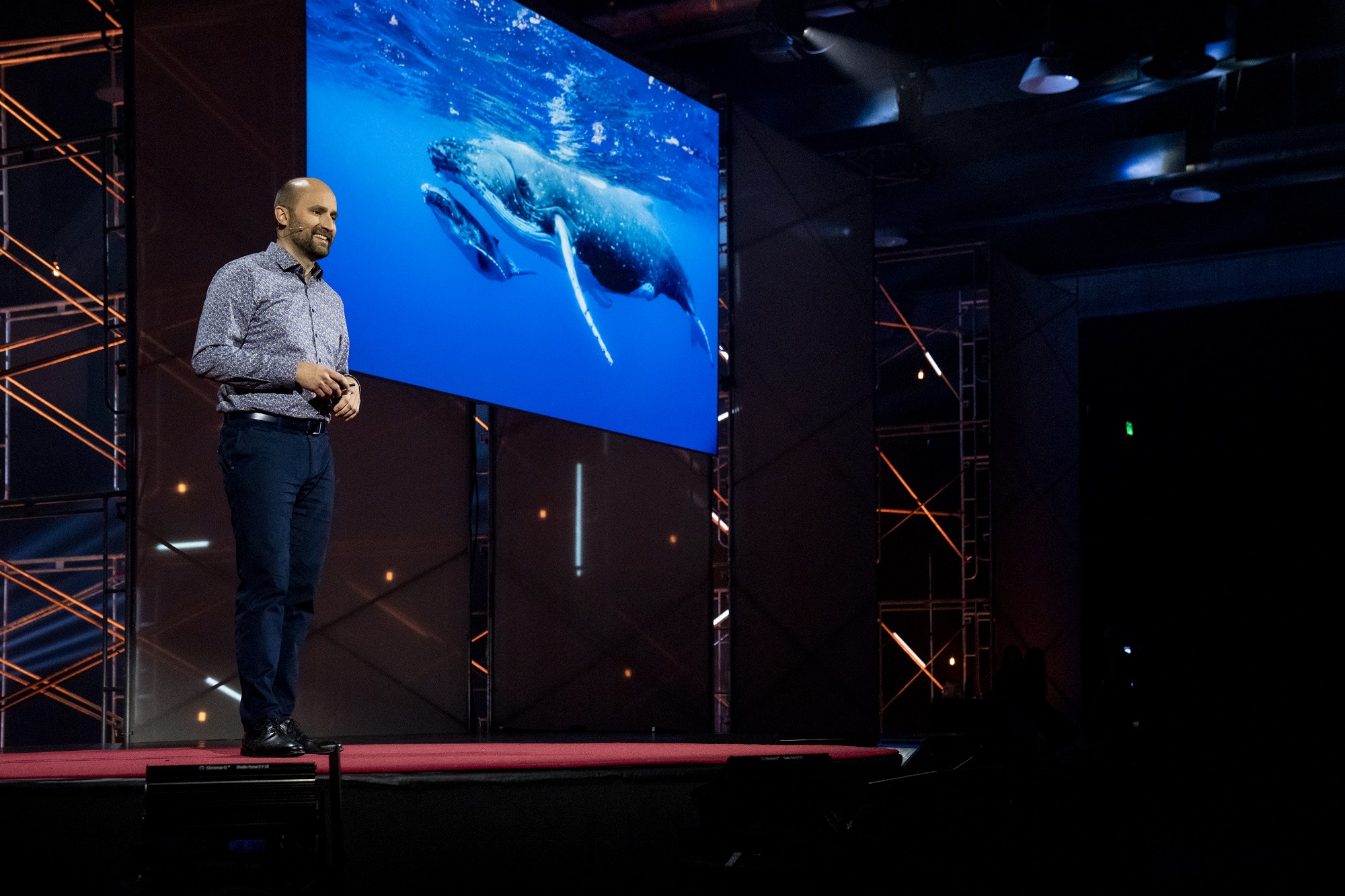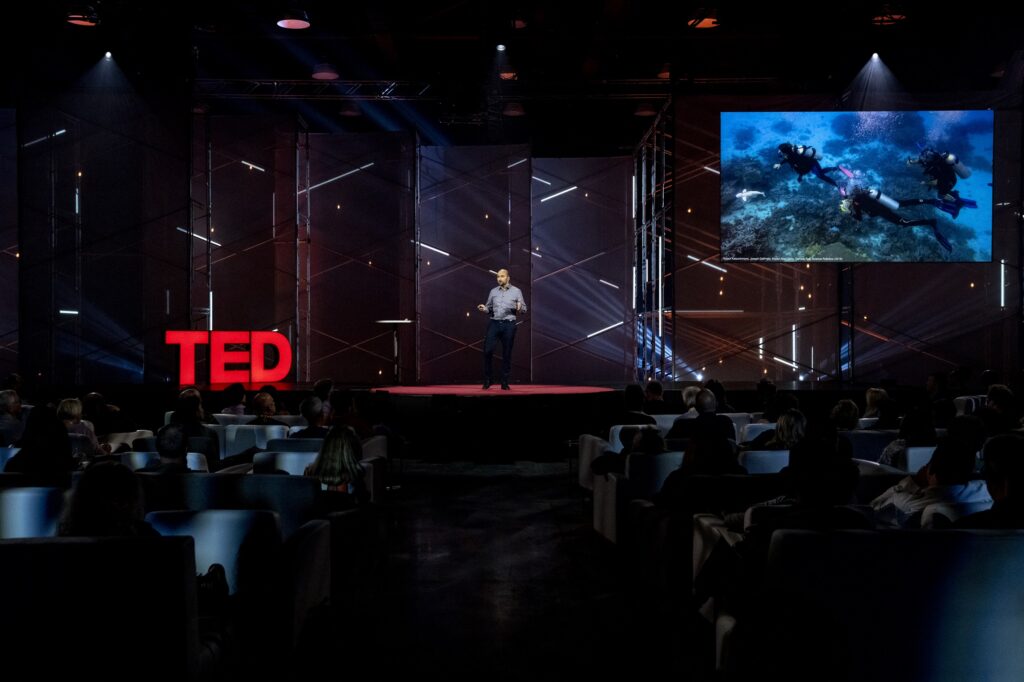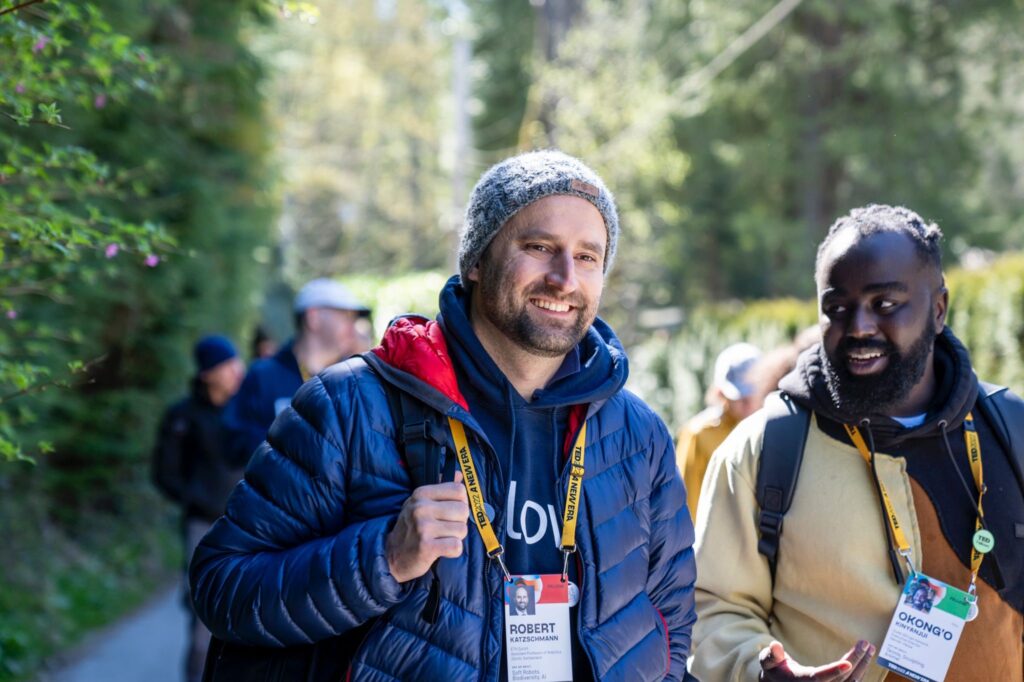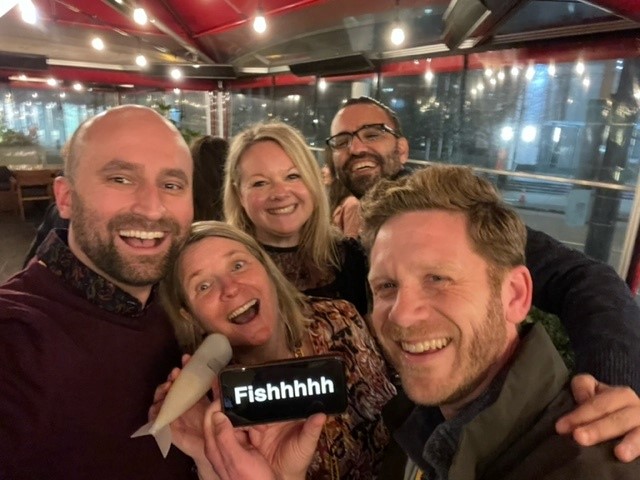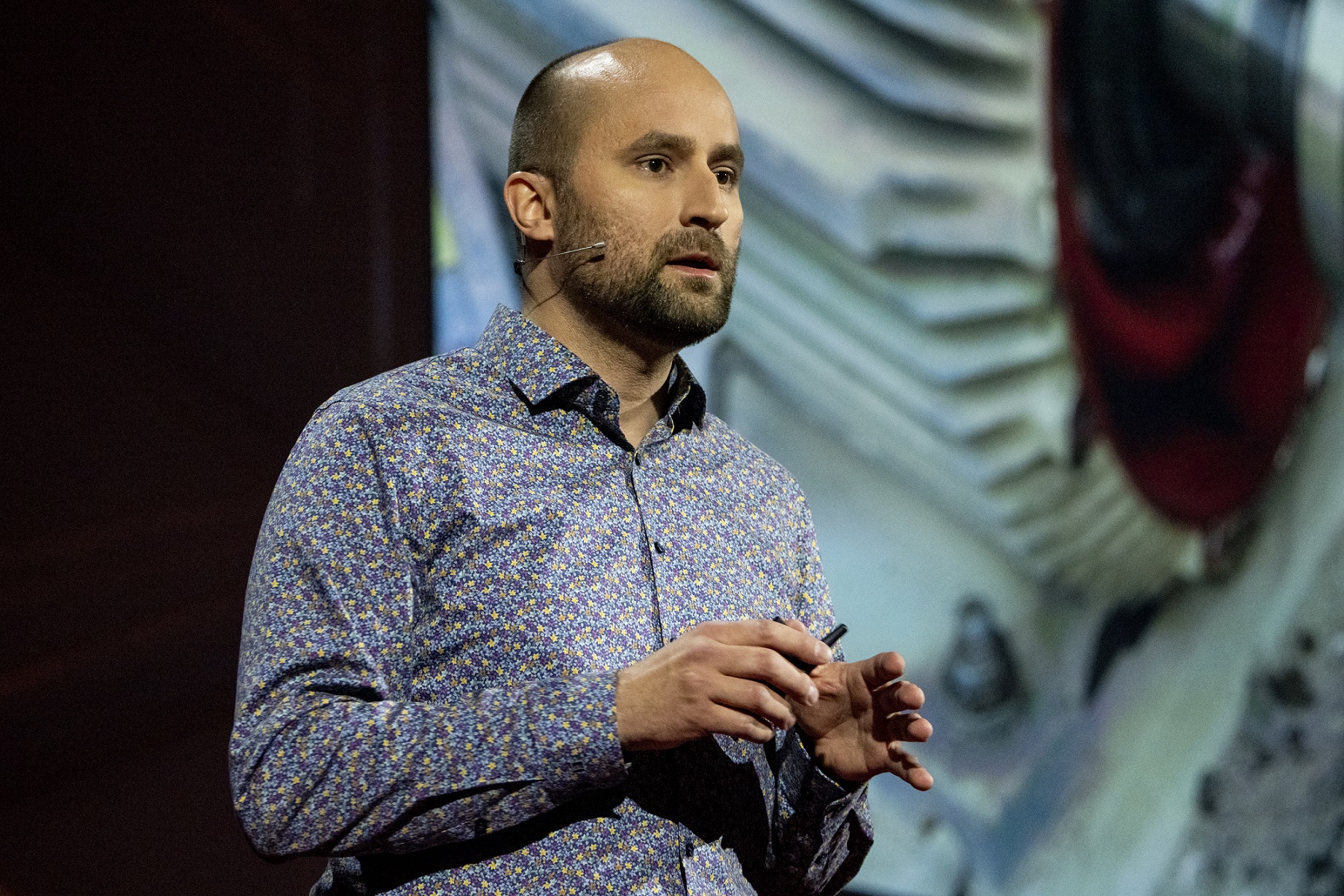Modern engineering relies on rotating motors, noisy rotating motors that not only power our machines, but also produce noise pollution. The natural world and the man made environment equally suffer from the noise of machines. Whales lose their navigation, humans become stressed and depressed. And that is only the tip of a melting iceberg.
In contrast, nature hums along smoothly, gliding, wriggling, pulsating through its processes sans the rattling of rigid parts, loudness of surfaces rubbed together. We can and should take cues from nature on how to make machines: we can learn to minimise friction, self-lubricate, and last for billions of movements.



